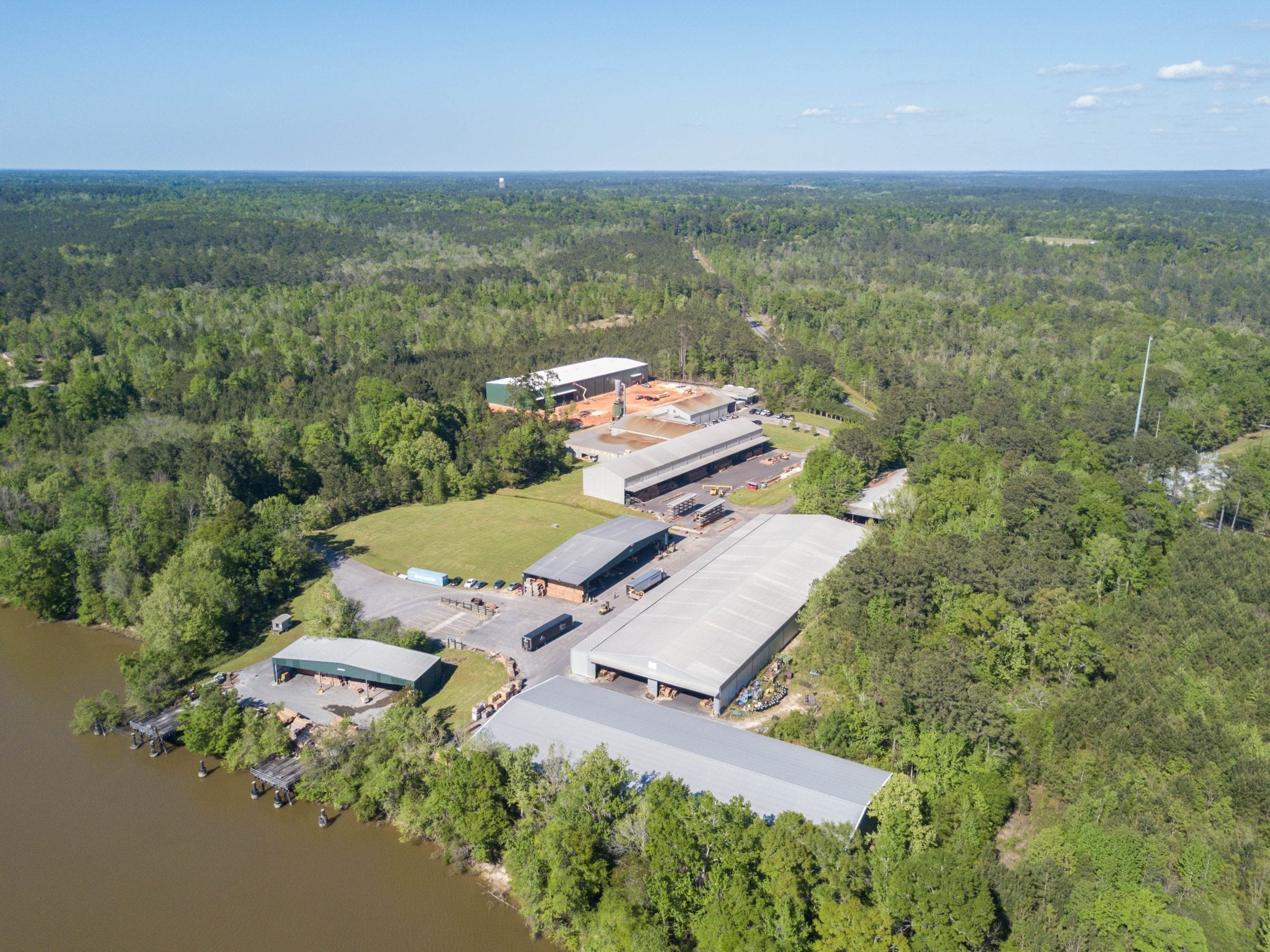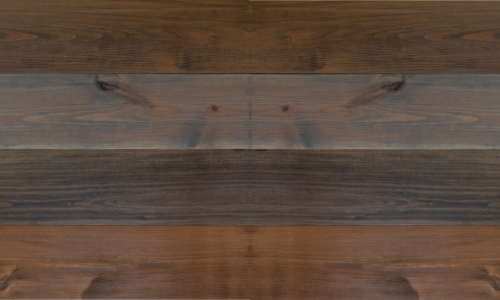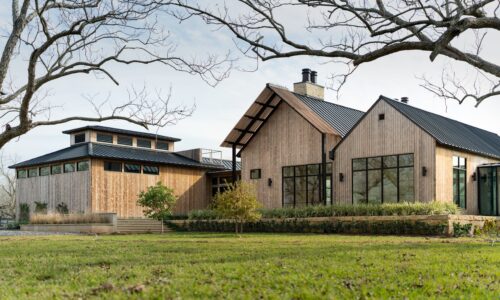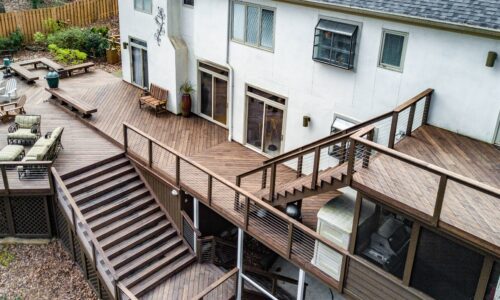Before hardwood products ever make it to your deck, house or boat, a decision must first be made on how to cut the lumber. There are three ways that the lumber can be cut: flat sawn, rift sawn, and quarter sawn.
Flat Sawn | Rift Sawn | Quarter Sawn
Each method makes a difference in the appearance of the wood grain and its durability. For this article, we’re going to focus on the flat sawn and quarter sawn techniques (since they are more common). Here are the basics of the flat sawn and quarter sawn methods to help you make a decision on which is the best for you.

Flat Sawn Ipe Decking
Flat Sawn
This is the most common method, also known as plain sawn. This method has minimal waste and also showcases a “cathedral” look of annual rings. This look is the result of the annular rings being 45 degrees or less to the face of the board (known as tangential grain).
Flat sawn lumber is the most inexpensive option because it is the easiest to obtain. Generally 60-70% of the lumber from a log is flat sawn. The rest is quarter sawn or somewhere in between. This makes flat sawn more widely available and therefore cheaper. Logs can be cut to produce more quarter sawn but the yield from the log is lower and therefore more expensive.
Overall, the flat sawn boards are popular for a reason — they are easy to come across and are more cost-effective than other cuts. If you’re looking for a solid cut that won’t go over-budget, you can’t go wrong by choosing the flat sawn method.

Quarter Sawn Teak Decking
Quarter Sawn
The quarter sawn method is a little bit more costly. However, it’s also more dimensionally stable than the flat sawn boards. Just as the name suggests, quarter sawn lumber is cut into four quarters and then cut using the plain sawn method. The process overall is more time intensive, but it creates a unique pattern that stands out against the plain sawn lumber.
While quarter sawn boards are more expensive, they are going to hold paint better and wear more evenly on the surface. In addition, when it comes to abosorbing moisture, quarter sawn boards expand more in thickness than flat sawn boards. This causes the boards to be more stable than flat sawn boards (which expand more in width when abosrbing moisture).
Quarter sawn lumber is a little harder to find, but it’s worth it if you’re willing to spend a little more money on a more stable board that boasts unique designs.
What should you choose?
There are many factors to consider when choosing a cut for your hardwood. If you’re more concerned about budget and availability, plain sawn lumber will be the best choice. However, if you want a board that will withstand more moisture and has a more interesting design, you will want to consider the quarter sawn lumber. We suggest visiting your nearest hardwood distributor and seeing the boards for yourself before you make a decision.
Have any more questions about flat sawn vs. quarter sawn lumber? Contact Us.






